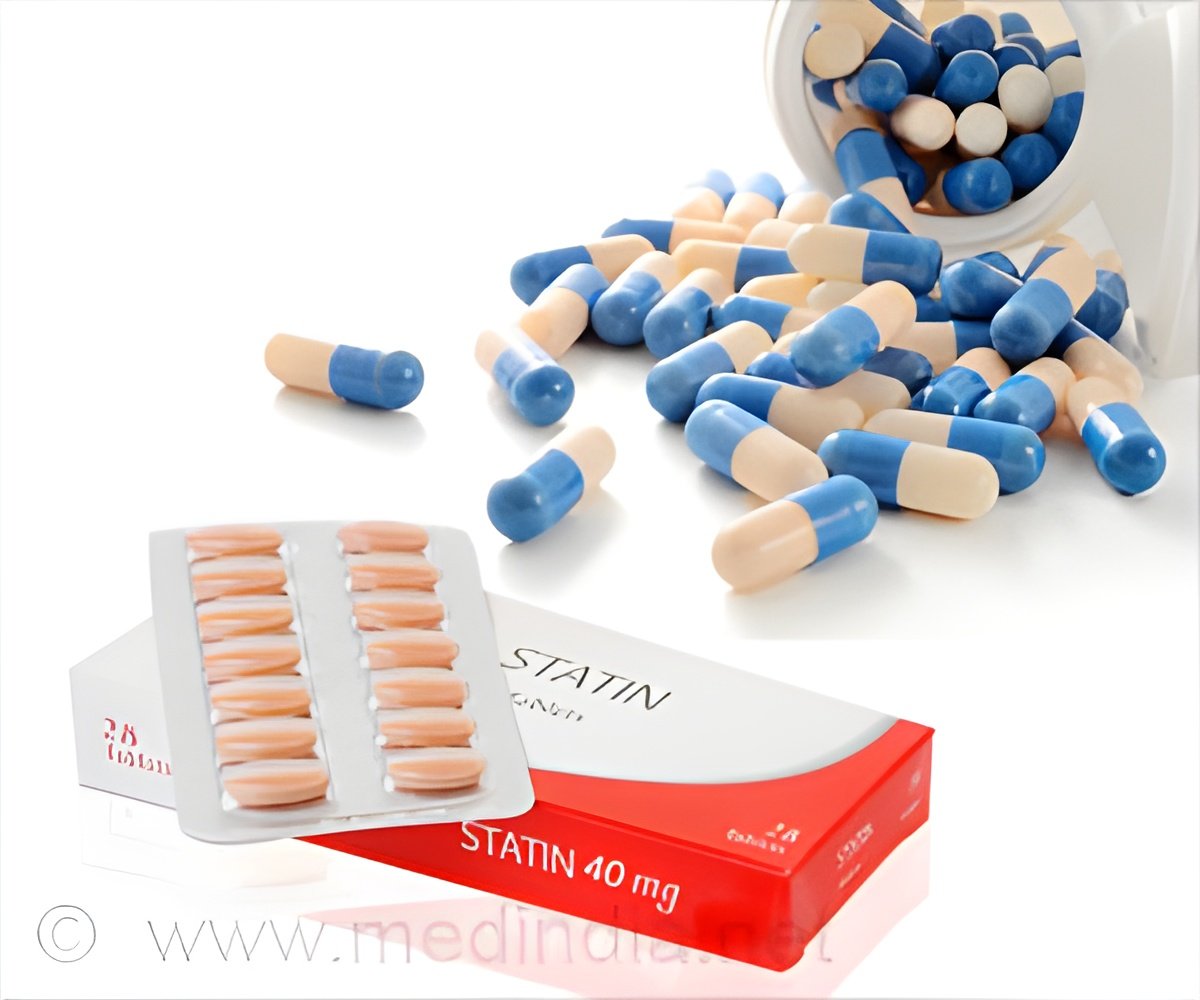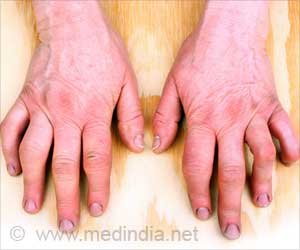Study from McMaster University has found a potential mechanism explaining why some people who take drugs to lower their cholesterol develop sore, aching muscles.

‘Statins enter the muscle cells and produce oxidative stress, which resulted in the muscle trying to increase its production of antioxidants to fight the stress. This releases glutamate out of the muscle cells, causing pain.’
Read More..




Unfortunately, a very common side-effect of statin use is the development of muscle pain. In fact, that muscle pain is the primary reason for why people stop taking their statin medication without their physician's permission.Read More..
Understanding why statins cause muscle pain and how this could be treated could remove a significant obstacle for healthcare professionals to effectively manage a patient's cholesterol and lower their cardiovascular disease risk.
Thomas Hawke, senior author of the study and a professor in pathology and molecular medicine at McMaster University said: "We found that statins were able to enter the muscle cells and cause oxidative stress.
This resulted in the muscle trying to increase its production of antioxidants to combat this stress. The side-effect of this antioxidant production was the release of glutamate out of the muscle cells."
Irena Rebalka, first author of the study and a research associate in the Hawke Lab added: "We found that administering some well-known antioxidants, such as Vitamin E, were successful in helping reduce glutamate release.
Advertisement
Source-Eurekalert











